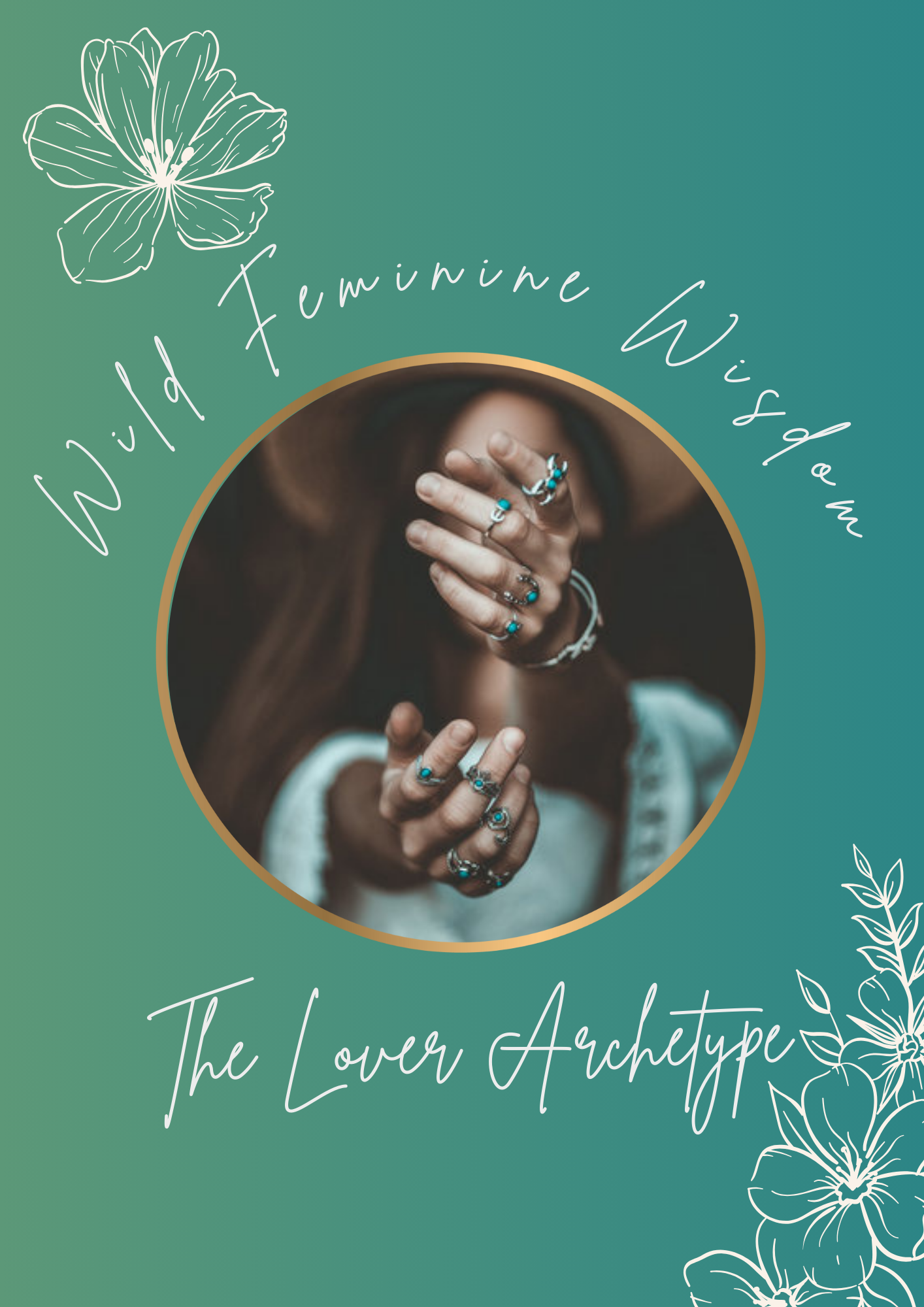 Image 1 of
Image 1 of


FREE ~ The Lover Archetype - Workbook
Archetypes are universal, symbolic patterns, themes, or roles that appear in myths, stories, and cultures throughout human history. They reflect fundamental aspects of human experience and psychology, often serving as a bridge between the individual and collective unconscious. Archetypes can influence behaviour, thoughts, and emotions and are widely used in psychology, literature, art, and personal development.
Introduced by Carl Jung, these represent fundamental human drives and personalities within the collective unconscious.
The Self: The integrated whole of a person.
The Shadow: Repressed desires or traits.
The Persona: The "mask" we show to the world.
The Anima/Animus: The feminine/masculine aspects within everyone.
Feminine Archetypes are often used in self-development and spirituality to explore aspects of womanhood and identity. Examples include:
The Maiden: Innocence, growth, and new beginnings.
The Mother: Nurturance, creation, and abundance.
The Wild Woman: Untamed, free, and instinctual.
The Crone: Wisdom, intuition, and transformation.
Mythological Archetypes: Found in myths across cultures, representing universal themes like the journey, rebirth, or duality.
How Archetypes Are Used
In Psychology: To understand personality and behaviour.
In Personal Growth: To explore identity and life's purpose.
In Storytelling: To create relatable and compelling characters.
In Spirituality: As a lens for exploring deeper aspects of the self.
By working with archetypes, individuals can tap into universal patterns of human experience, gaining insight into their strengths, challenges, and potential for growth. They are a powerful tool in yoga, rituals, and cyclical practices, as they resonate with deep, timeless aspects of human nature.
Intention & Potential of Working with the Lover Archetype:
The Lover archetype represents the embodiment of passion, creativity, connection, sensuality, and devotion to beauty and the present moment. Working with this archetype can be transformative, as it invites a deep connection to life, self, and others, fostering a sense of vitality, joy, and fulfilment.
Archetypes are universal, symbolic patterns, themes, or roles that appear in myths, stories, and cultures throughout human history. They reflect fundamental aspects of human experience and psychology, often serving as a bridge between the individual and collective unconscious. Archetypes can influence behaviour, thoughts, and emotions and are widely used in psychology, literature, art, and personal development.
Introduced by Carl Jung, these represent fundamental human drives and personalities within the collective unconscious.
The Self: The integrated whole of a person.
The Shadow: Repressed desires or traits.
The Persona: The "mask" we show to the world.
The Anima/Animus: The feminine/masculine aspects within everyone.
Feminine Archetypes are often used in self-development and spirituality to explore aspects of womanhood and identity. Examples include:
The Maiden: Innocence, growth, and new beginnings.
The Mother: Nurturance, creation, and abundance.
The Wild Woman: Untamed, free, and instinctual.
The Crone: Wisdom, intuition, and transformation.
Mythological Archetypes: Found in myths across cultures, representing universal themes like the journey, rebirth, or duality.
How Archetypes Are Used
In Psychology: To understand personality and behaviour.
In Personal Growth: To explore identity and life's purpose.
In Storytelling: To create relatable and compelling characters.
In Spirituality: As a lens for exploring deeper aspects of the self.
By working with archetypes, individuals can tap into universal patterns of human experience, gaining insight into their strengths, challenges, and potential for growth. They are a powerful tool in yoga, rituals, and cyclical practices, as they resonate with deep, timeless aspects of human nature.
Intention & Potential of Working with the Lover Archetype:
The Lover archetype represents the embodiment of passion, creativity, connection, sensuality, and devotion to beauty and the present moment. Working with this archetype can be transformative, as it invites a deep connection to life, self, and others, fostering a sense of vitality, joy, and fulfilment.
Archetypes are universal, symbolic patterns, themes, or roles that appear in myths, stories, and cultures throughout human history. They reflect fundamental aspects of human experience and psychology, often serving as a bridge between the individual and collective unconscious. Archetypes can influence behaviour, thoughts, and emotions and are widely used in psychology, literature, art, and personal development.
Introduced by Carl Jung, these represent fundamental human drives and personalities within the collective unconscious.
The Self: The integrated whole of a person.
The Shadow: Repressed desires or traits.
The Persona: The "mask" we show to the world.
The Anima/Animus: The feminine/masculine aspects within everyone.
Feminine Archetypes are often used in self-development and spirituality to explore aspects of womanhood and identity. Examples include:
The Maiden: Innocence, growth, and new beginnings.
The Mother: Nurturance, creation, and abundance.
The Wild Woman: Untamed, free, and instinctual.
The Crone: Wisdom, intuition, and transformation.
Mythological Archetypes: Found in myths across cultures, representing universal themes like the journey, rebirth, or duality.
How Archetypes Are Used
In Psychology: To understand personality and behaviour.
In Personal Growth: To explore identity and life's purpose.
In Storytelling: To create relatable and compelling characters.
In Spirituality: As a lens for exploring deeper aspects of the self.
By working with archetypes, individuals can tap into universal patterns of human experience, gaining insight into their strengths, challenges, and potential for growth. They are a powerful tool in yoga, rituals, and cyclical practices, as they resonate with deep, timeless aspects of human nature.
Intention & Potential of Working with the Lover Archetype:
The Lover archetype represents the embodiment of passion, creativity, connection, sensuality, and devotion to beauty and the present moment. Working with this archetype can be transformative, as it invites a deep connection to life, self, and others, fostering a sense of vitality, joy, and fulfilment.